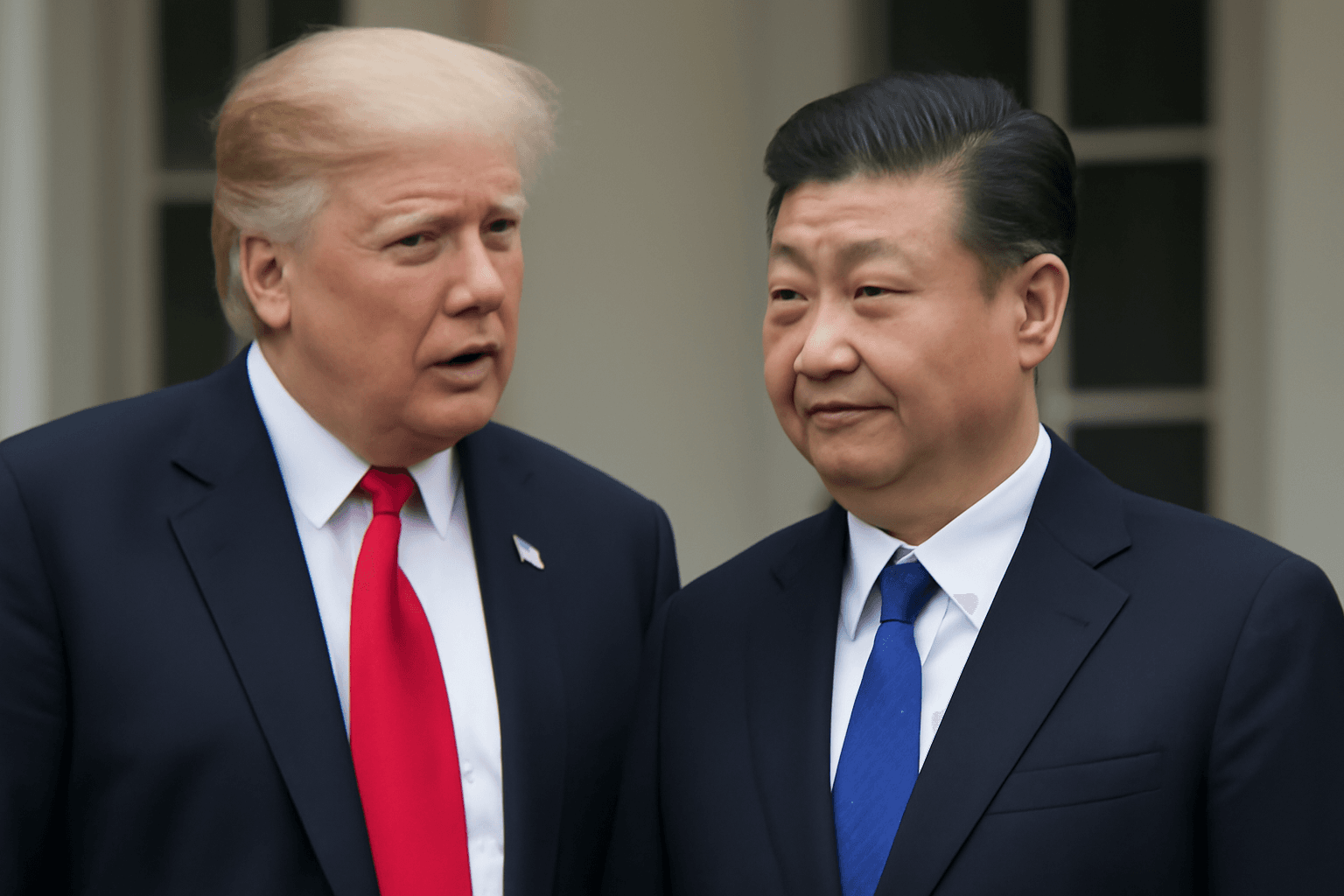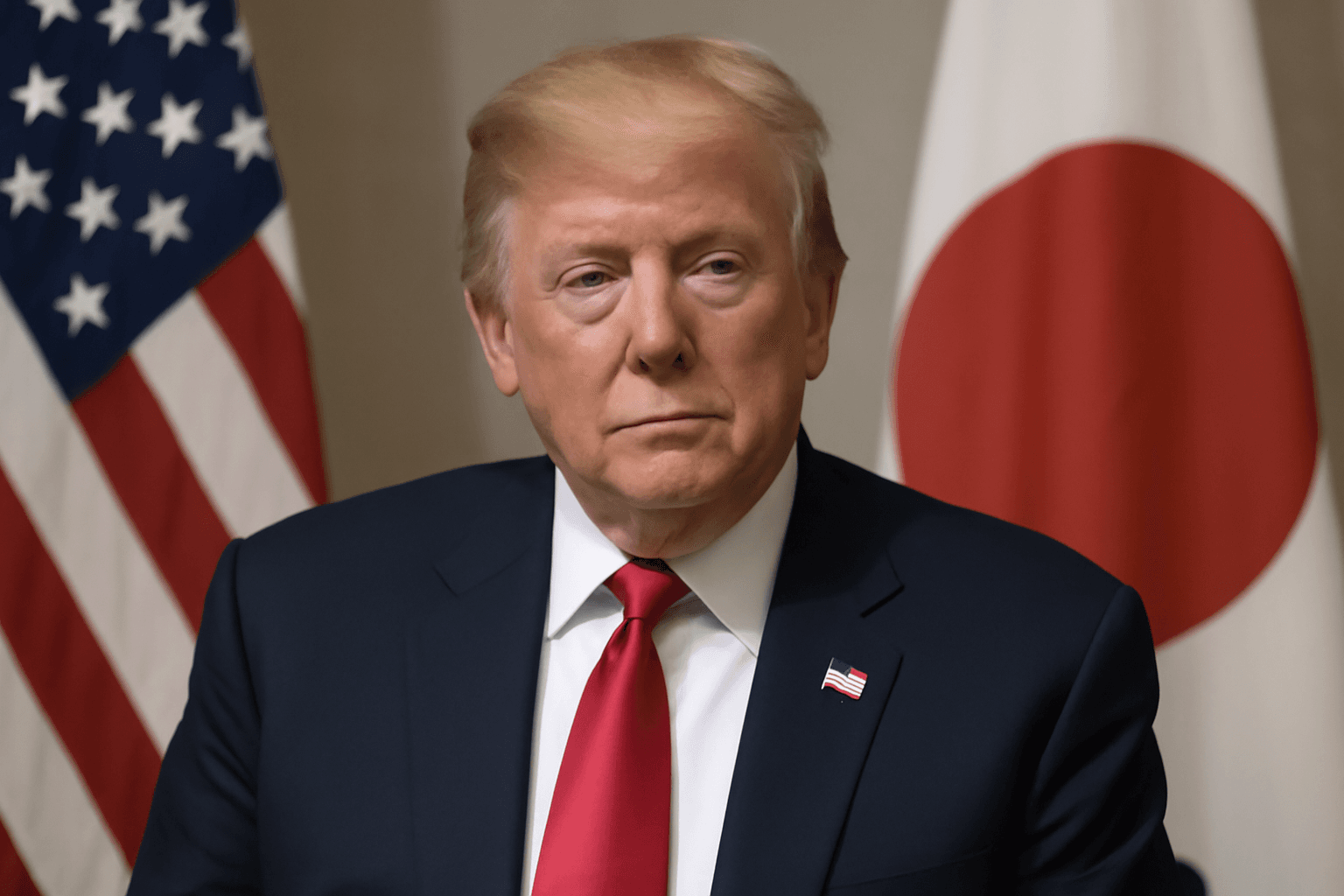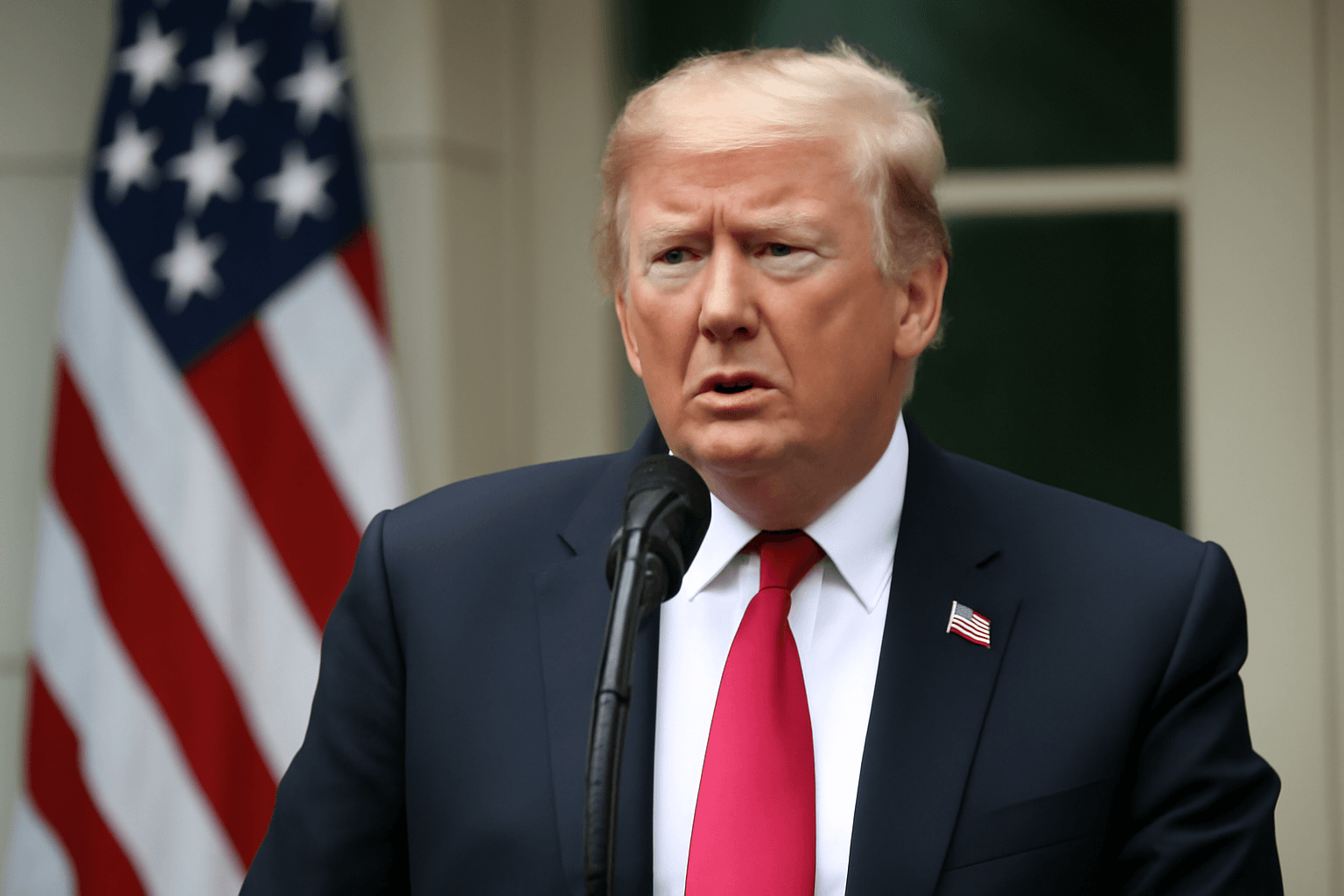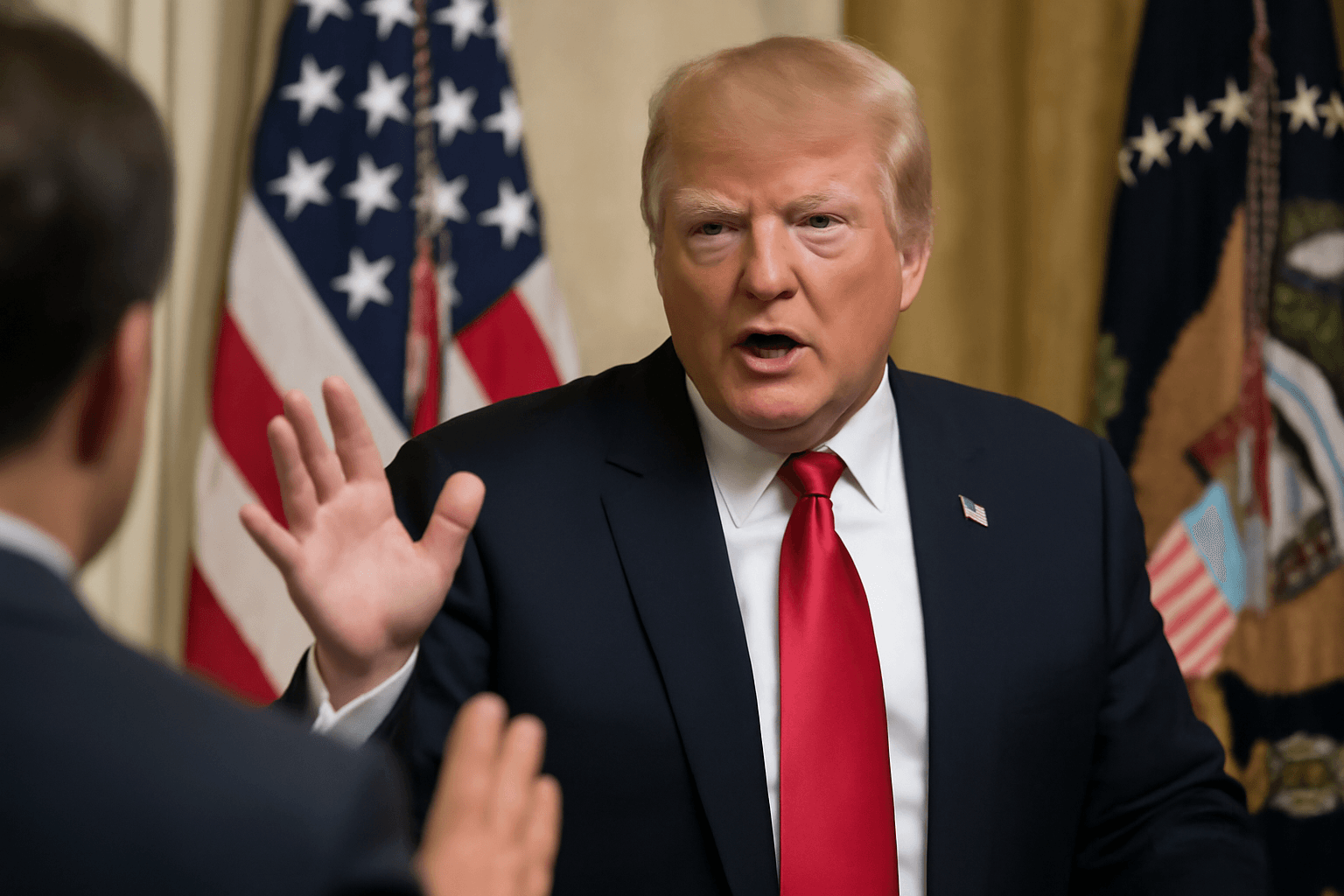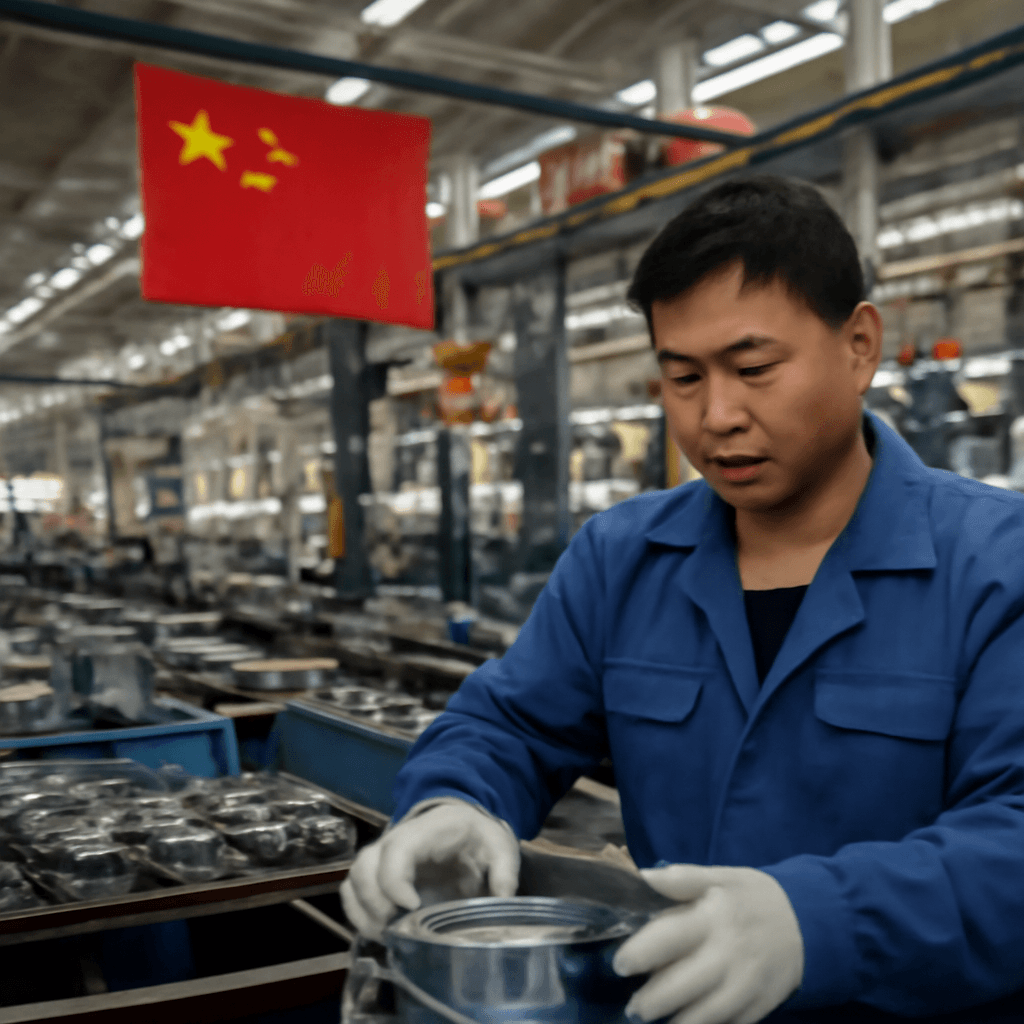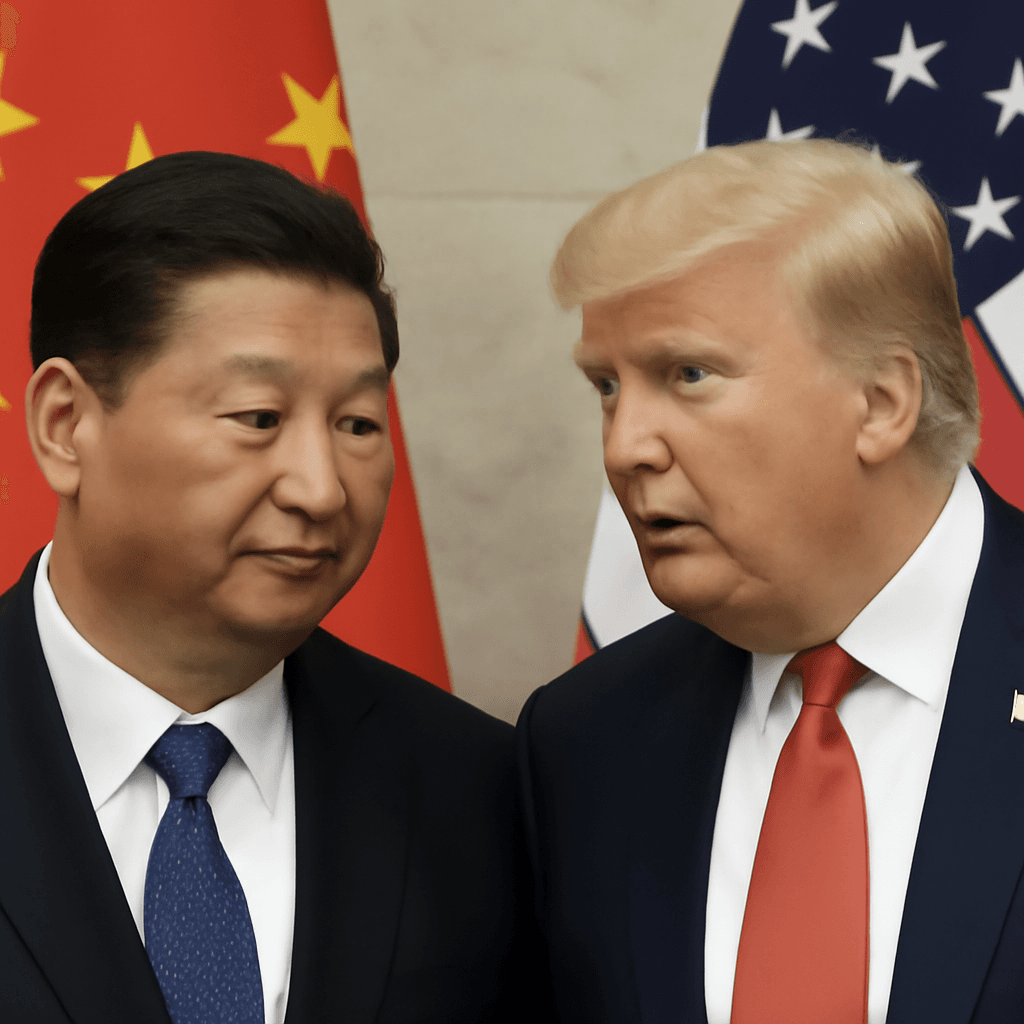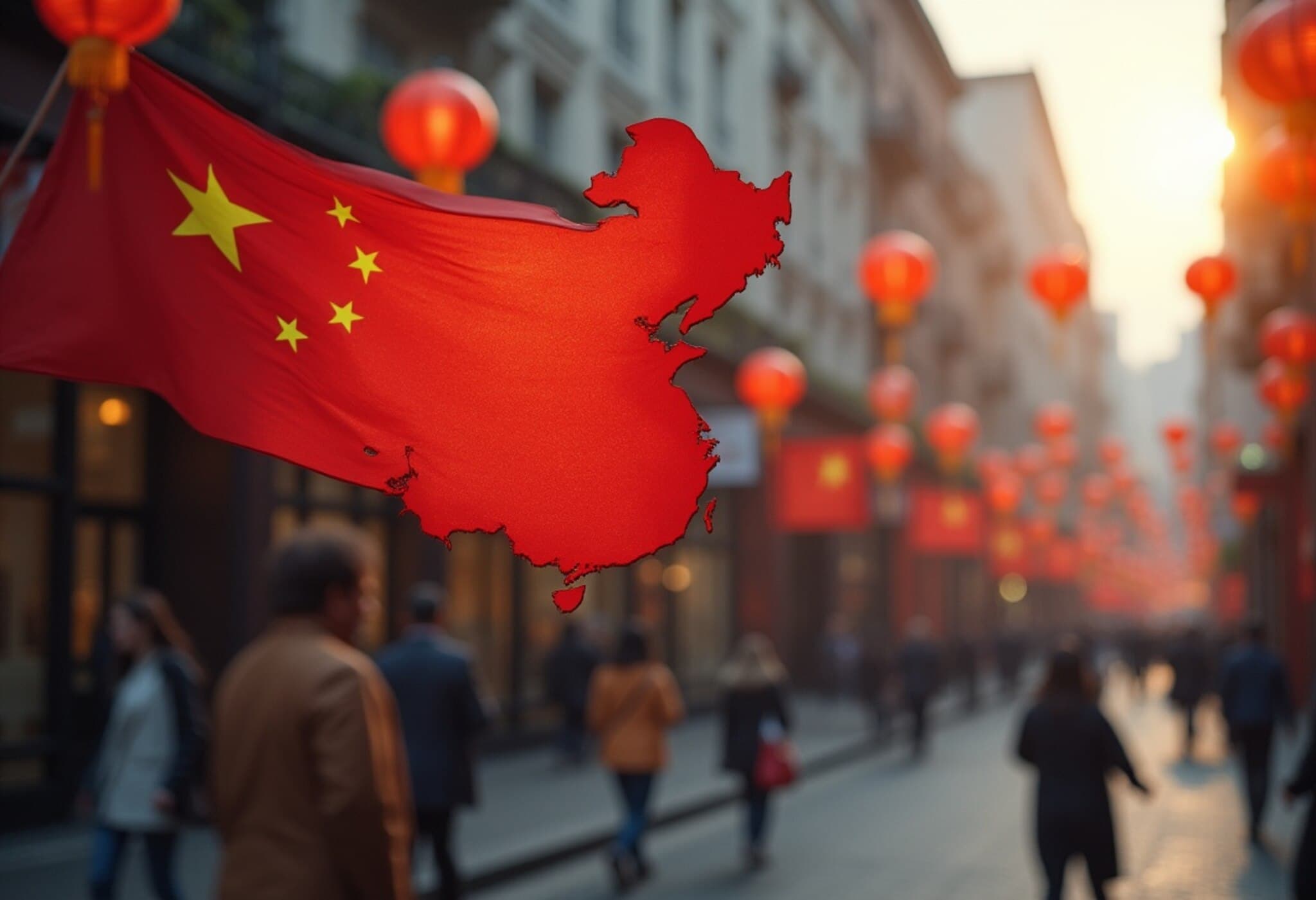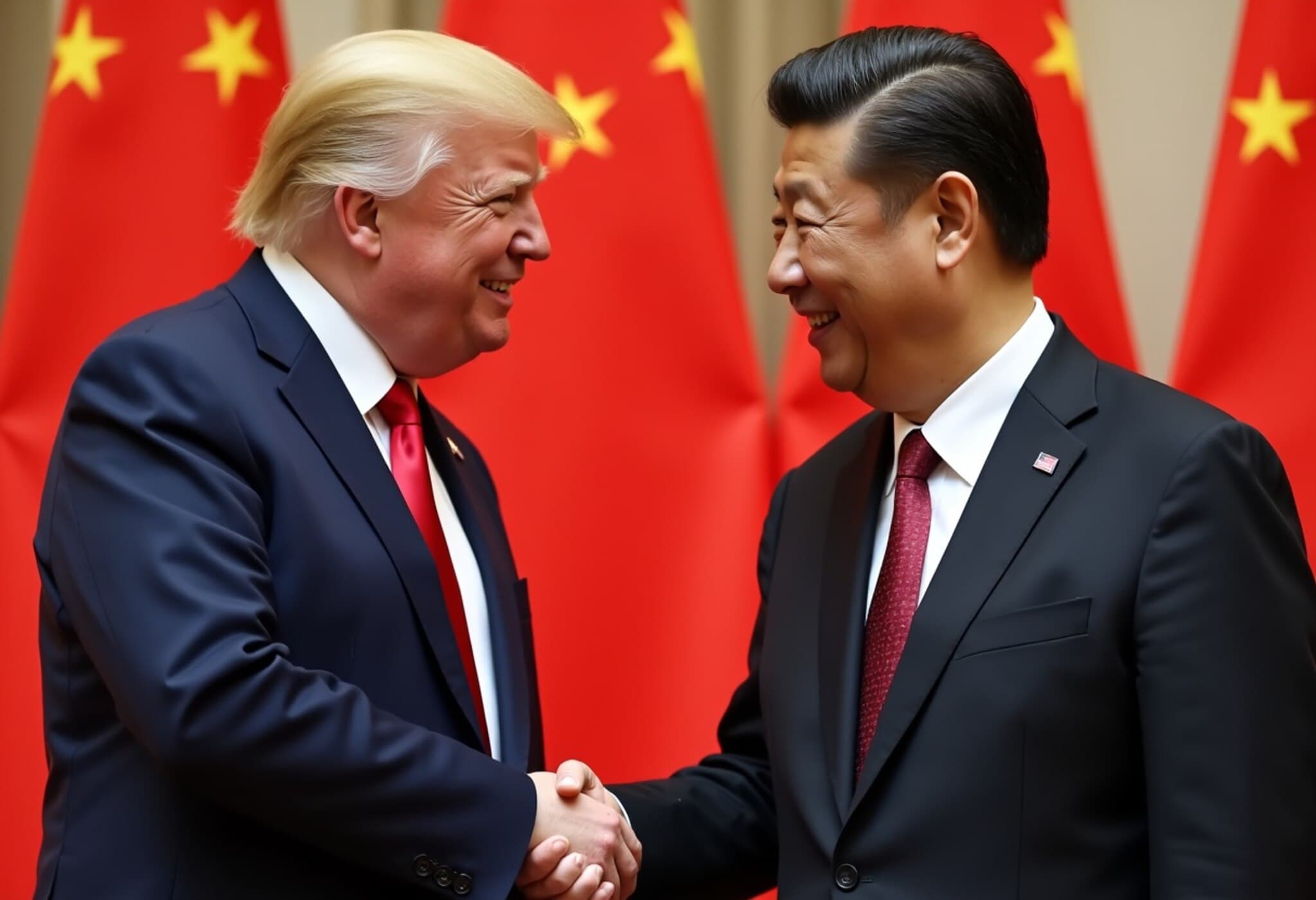How China’s Falling Producer Prices and Southeast Asia’s Slowing Inflation Tell a Global Story
The latest economic data from China and Southeast Asia present a fascinating narrative that goes beyond regional market shifts. Falling producer prices in China coupled with a slowing inflation rate across Southeast Asia are not just isolated incidents — they underscore a sweeping transnational economic effect linked to US trade policies under former President Donald Trump.
China’s Producer Price Index Hits a Multi-Year Low
In June 2025, China’s Producer Price Index (PPI) contracted by a significant 3.6% year-on-year, marking the sharpest decline in nearly two years and extending deflation at the factory level to an unprecedented 33 consecutive months. This deflationary trend has surprised economists, who had anticipated a more moderate correction.
While domestic factors like weak consumer demand and excess industrial capacity contribute, experts increasingly point to external pressures—chief among them, disrupted global trade patterns influenced heavily by US tariffs.
Meanwhile, China’s Consumer Price Index (CPI) edged up by just 0.1%, signaling a tentative pause in consumer deflation. Yet core inflation (excluding volatile food and energy sectors) remains shallow at a mere 0.7%, underscoring persistent domestic demand challenges. With the real estate market’s sluggish recovery and nascent government efforts against destructive corporate price competition, the deflationary spiral shows no sign of abating.
Southeast Asia Faces Imported Deflation Amid Trade Shifts
Southeast Asia is experiencing collateral effects from China’s price dynamics and shifting trade flows. Thailand’s CPI, often a regional inflation sentinel, decreased by 0.25% in June, marking its third month of deflation. Thailand's downturn is partly attributed to abundant agricultural output and cheaper energy costs. However, political instability and uncertain recovery in tourism exacerbate deflation risks.
Similar trends are seen across the region: Singapore’s inflation dropped to 0.8%, its lowest since the pandemic, and Malaysia recorded a four-year low inflation rate of 1.2%.
Experts highlight a crucial driver behind these numbers: as US-China tariffs disrupt traditional trade, Chinese manufacturers are redirecting exports to Southeast Asia, flooding regional markets with affordable goods. This causes local producers to lower prices or lose market share, deepening deflationary pressures. The shift from China being a net importer to a net exporter within ASEAN-5 countries reveals the lingering influence of geopolitical trade tensions.
The Trump Administration’s Tariffs and the Ripple Effect Across Asia
Central to this phenomenon are the aggressive tariff policies reintroduced by the Trump administration, which targeted Chinese and Japanese imports. These measures disrupted established supply chains and incentivized rerouting of goods to tariff-friendly Southeast Asian markets.
This policy-induced realignment has created a unique form of “economic contagion,” where trade barriers intended to protect domestic American industries inadvertently export deflationary pressures far beyond US borders, impacting industrial sectors and consumer prices across Asia.
Japan’s Economic Crossroads: Inflation vs. Deflation
Japan offers a cautionary mirror. Despite years of loose monetary policy, core inflation remains relatively high at 3.7%. Yet wholesale prices have fallen for the third consecutive month, suggesting that deflationary forces are making inroads. The Bank of Japan now faces a dilemma: continue raising interest rates amid weakening trade or pivot to bolster demand.
The Broader Picture: A Transnational Price War Fueled by Political Walls
At its core, this dynamic represents a transnational contest for market share amid shrinking consumer demand and heightened geopolitical barriers. Excess capacity combined with reduced domestic spending in China pushes manufacturers to offload goods at heavily discounted prices into Southeast Asia, initiating widespread price competition.
Beijing has expressed intentions to regulate harmful price-cutting, but without robust domestic stimulus, China risks remaining trapped in a deflationary cycle, relying heavily on maintaining export momentum to ASEAN markets.
Why Inflation Is No Longer a Solo Act
Historically, inflation and deflation were viewed predominantly as local or national issues driven by monetary policy and domestic market conditions. Today’s scenario shatters that paradigm. Under the shadow of Trump-era trade policies, inflation has become a transnational phenomenon, transmitted through disrupted trade flows and complex political economies.
Decisions made in Washington have direct, tangible consequences on pricing and consumer markets from Bangkok’s food stalls to Kuala Lumpur’s electronics shops. In striving to revive American industry, these policies have inadvertently redrawn inflation dynamics on a global scale.
Editor’s Note:
This unfolding economic narrative spotlights the complex entanglement of trade policies and global price stability. It urges policymakers, business leaders, and consumers alike to recognize how interconnected the world economy truly is — that tariff-driven protectionism can propagate deflationary shocks across continents.
As Asia grapples with these pressures, critical questions remain: Can China break free from its deflationary trap without stirring regional instability? Will Southeast Asian economies diversify enough to withstand influxes of cheap imports? And might US trade strategies evolve to better balance domestic priorities with global economic health?
Understanding this transnational dimension is essential for navigating the future of global commerce and inflation management.






